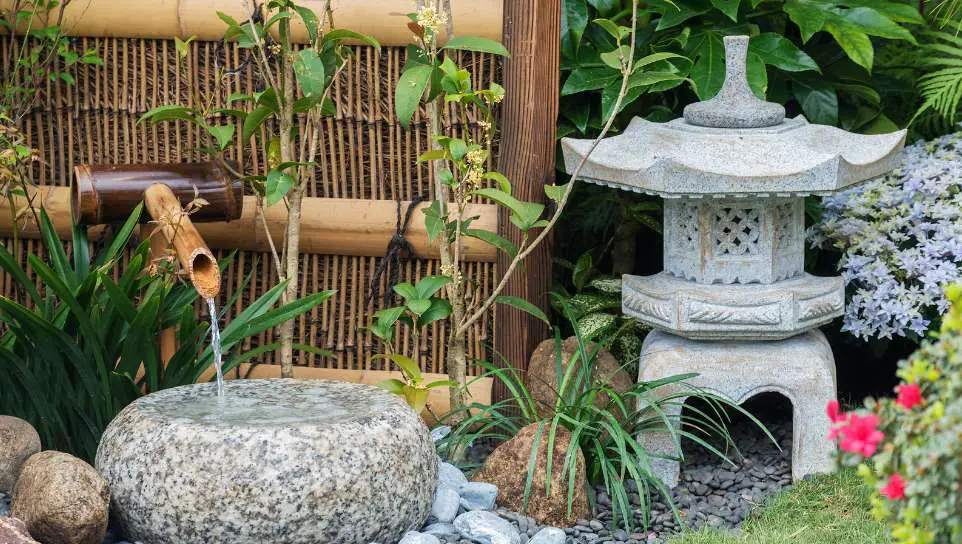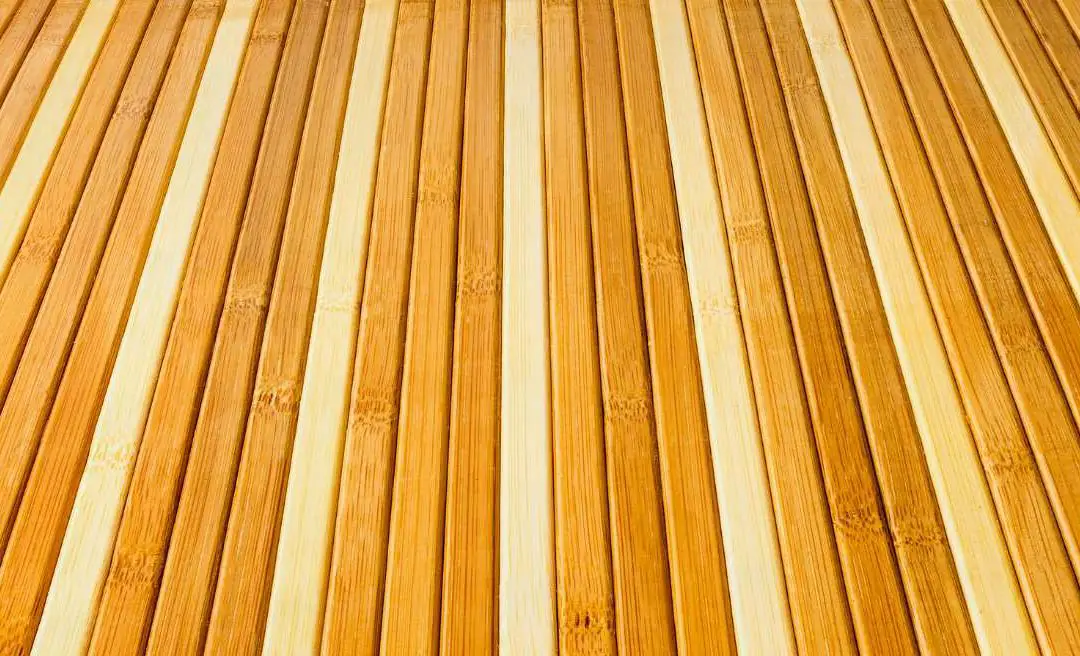Special thanks to guest writer Jade Piper for this contribution. Jade has a passion for sustainable architecture and her essays have appeared on several websites.
Bamboo is an ancient, tried-and-tested building material. With over 1,000 varieties of bamboo throughout the globe, bamboo is a natural resource that can be used to fantastic effect within urban settings. Used in traditional construction for centuries within tropic and subtropic regions, bamboo is now being recognized as a sustainable material for modern urban planning worldwide. In this article, we look at the benefits of using bamboo within modern and sustainable urban planning and design – from construction to interiors.
Fast Growing Bamboo for Cost Effective Construction
Bamboo grows in abundance in tropical and subtropical regions, from Northern Australia to Central China, Latin America, throughout Africa and into the Southern states of the USA. A non-timber, giant grass, bamboo boasts an impressive maximum growth rate of 1200 mm per day. That means that, with ideal conditions, in as little as 3-5 years, bamboo becomes fully suitable for construction purposes.
Fast growing equates to cost effective, and the durability of bamboo makes it a local and sustainable building option in many countries across the globe. Traditionally, bamboo has been spliced and tied together using twine, without the need for screws. Modern methods incorporate a range of fixtures and fittings to ensure bamboo can be used safely and economically for cost-effective, secure construction.
Bamboo’s Versatility in Urban Construction
Bamboo is versatile as a construction material in urban settings. As well as being used to create the basic structure and frame of a building, it can also be used as a roofing material and as a finishing material to clad walls and floors. In addition, it can also be used as a scaffolding material. The natural nodes within bamboo, formed where shoots and roots grow out from the main stem, act as a way to secure one stem to another.
Bamboo has a high tensile strength equivalent to many forms of steel and bamboo can replace up to 70% of steel and wood otherwise used in construction projects, bringing savings of up to 40%. Its high strength and low weight properties make bamboo an excellent material to resist the impact of seismic activity, making bamboo a construction material of choice for urban areas at risk from earthquakes.
Bamboo in Modern Builds
Whilst being a tried and tested traditional construction material, bamboo has enjoyed a renaissance in recent years, with increased interest in the potential of bamboo for modern builds. A global shortage of housing materials in the 1980s led to renewed interest in bamboo. Bamboo is also in vogue due to its impressive eco credentials: bamboo absorbs carbon dioxide and releases 35% more oxygen into the atmosphere than other hardwood trees.
As traditional construction methods combine bamboo with wood, clay, lime and grass; modern techniques also include using bamboo in combination with cement or adhesives to produce stronger and aesthetically pleasing materials compatible with modern lifestyle. This means that, with proper care and modern anti-corrosion treatment methods, bamboo structures can be durable, lasting well over 100 years. For this reason, bamboo has been validated as a sound modern structural and engineering material, offering strength and flexibility as well as sustainability.
Bamboo and Feng Shui
As well as being versatile and sustainable for construction, bamboo also has a role to play in interior design. The ancient Chinese philosophy and practice of Feng Shui focuses on achieving balance and harmony within interior living spaces. Bamboo, with its hollow stems, is believed to support the movement of positive energy within homes, bringing abundance, prosperity and wealth. Bamboo can be placed into the home décor as a houseplant. Equally, bamboo can be used as part of the fixtures and fittings to help bring harmony and enrich your life. For example, a bamboo screen can be incorporated as a natural way to separate a lounge from a kitchen area. You can also include furniture made from bamboo and look to source sustainable bamboo flooring options for hallways and entrances.

Wealth, Relationships and Harmony with Bamboo
According to Feng Shui, the use of bamboo in the home can achieve different benefits, according to where it is placed. Careful consideration and placement of bamboo within your interior design can, according to the principles of Feng Shui, bring promote wealth, abundant relationships and family harmony.
Bamboo in the wealth corner of your room is traditionally associated with financial success. The wealth corner is traditionally known as the Xun position of your home and is located in the far-left corner of your space when you are facing your entrance. By contrast, placing bamboo in the Kun, or relationship corner of your living space, is believed to promote harmonious romantic relationships. For many people looking to use Feng Shui principles in interior décor, a bamboo screen, or two stalks of bamboo placed in a vase in the Kun corner of the bedroom is an attractive way to benefit from the ancient philosophy.
Bamboo as a Clean, Serene Material promoting Harmonious Living
Bamboo is aesthetically pleasing, with natural color variety and inherent texture. Bamboo can be incorporated into designs both horizontally and vertically to create visual interest. The many different varieties of bamboo offer a range of finishes suitable for use throughout your home. Bamboo within interior design allows you to bring a sense of the outside indoors, and benefit from a natural and serene material.
An additional benefit to incorporating bamboo into modern, urban homes is its low maintenance quality. Resistant to high-humidity, bamboo also does not fade in the way that timber wood does when exposed to sunlight. Bamboo is also simple and straightforward to clean, without the need for toxic chemicals. For example, bamboo flooring benefits from a simple dust to keep dirt at bay, and then a wipe over with a slightly damp microfiber cloth. Bamboo flooring is durable and hardwearing, making it an ideal interior material for busy urban families. It can be easily vacuumed with the right machine.
Bamboo, then, offers a range of benefits for modern urban design. Sustainability, durability, versatility and aesthetics combine to make bamboo a material of choice for modern homes and workspaces in an urban environment.
Further reading
To learn more about bamboo in contemporary construction and design, take a look at some of these related articles.

























